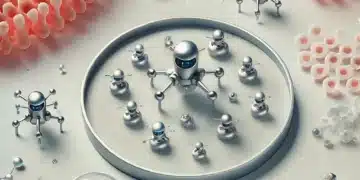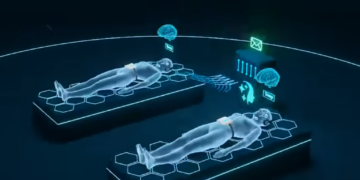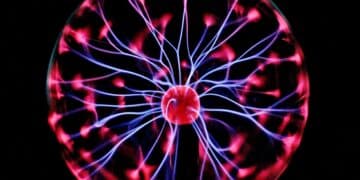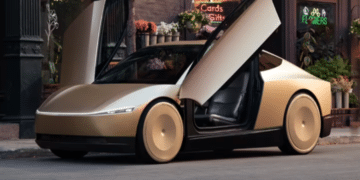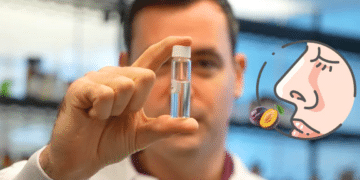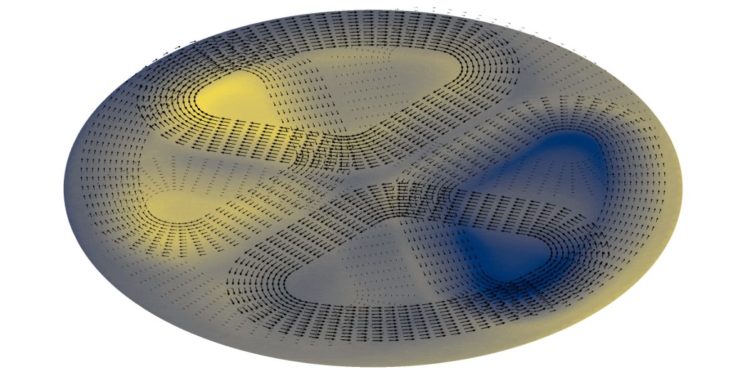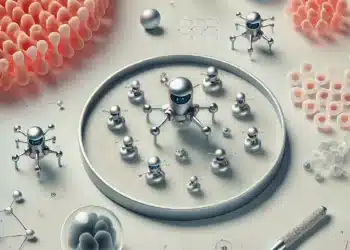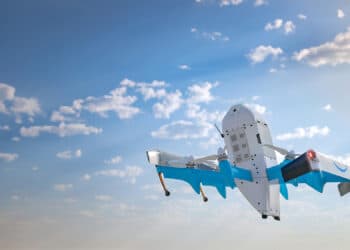Researchers at the Oak Ridge National Laboratory have created a new wireless charging method that doubles power density, resulting in a lighter system than existing technologies while maintaining safety.
One of the objectives of the scientific world is to reduce city pollution to improve air quality and limit the effects of global warming. The global market is investing heavily in the development of increasingly efficient and accessible electric cars. One of the problems to solve is the accumulation of electricity in the cars. The weight of batteries, the efficiency and the charging times have to be employed. The last problem could be solved soon, thanks to research carried out in the National Laboratory of Oak Ridge.
How it works
The revolution comes from Tennessee in the USA. A research group theorized, created and tested an innovative electric car charging station. The model, described in an article on the pages of IEEE Transactions on Power Electronics, includes a set of two recharging coils. The first applies under an electric vehicle and the other at ground level. When the coils are aligned, the transferred power charges the vehicle battery. The energy transfer takes place via a three-phase rotating magnetic field system. The coil design allows for a more uniform power transfer and successfully achieves 50 kilowatts with an efficiency of 95%. By increasing the size of the coils, researchers plan to transfer up to 300 kilowatts by increasing the specific power. This way, it will be possible to fully recharge the batteries of an electric car in just 20 minutes.


